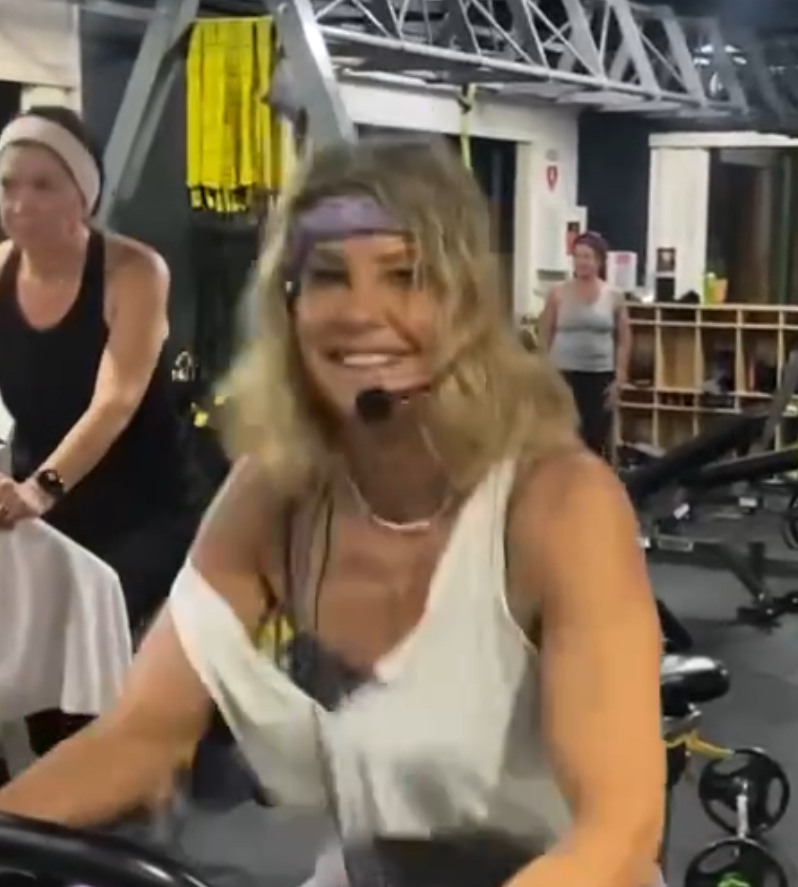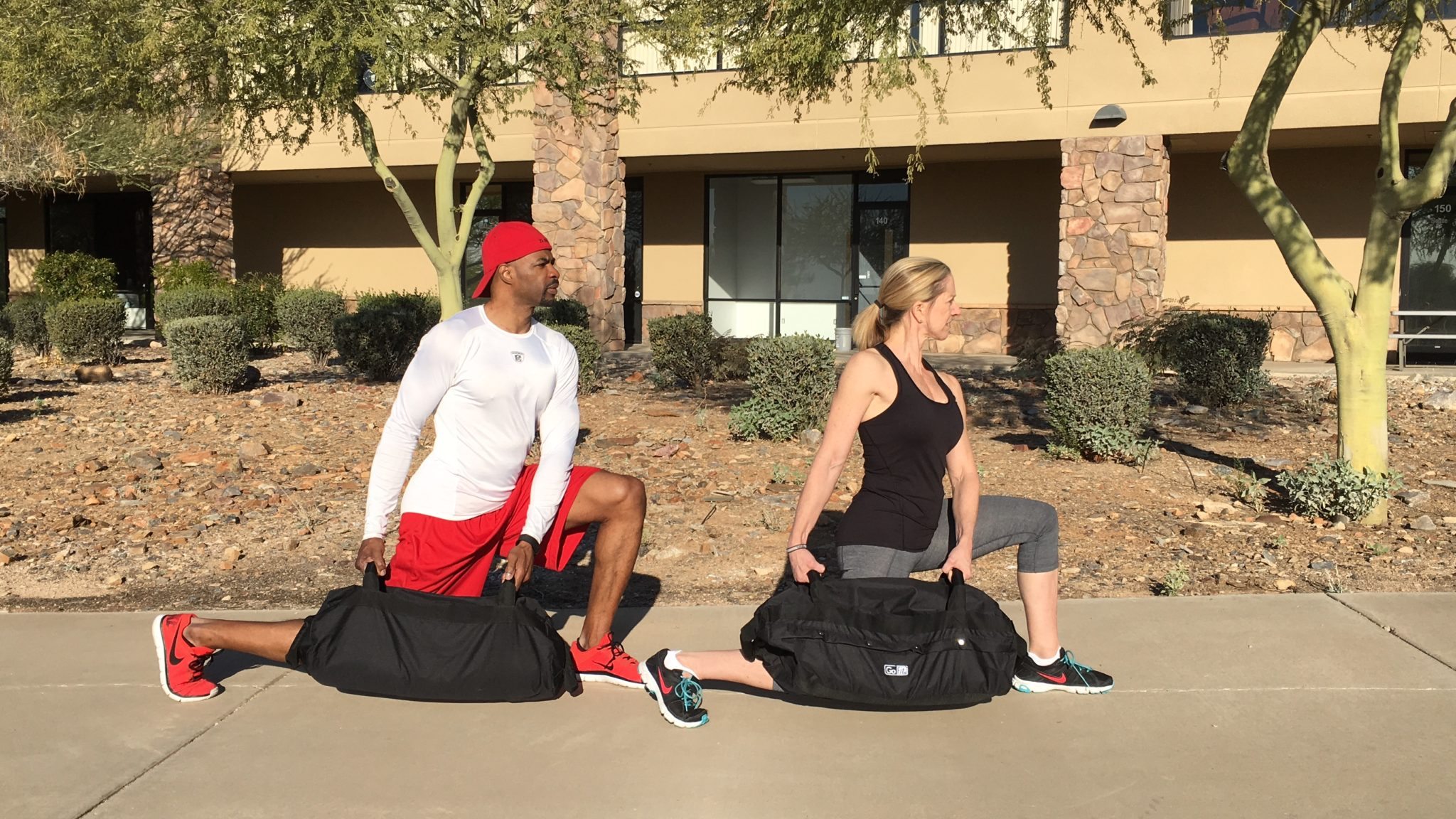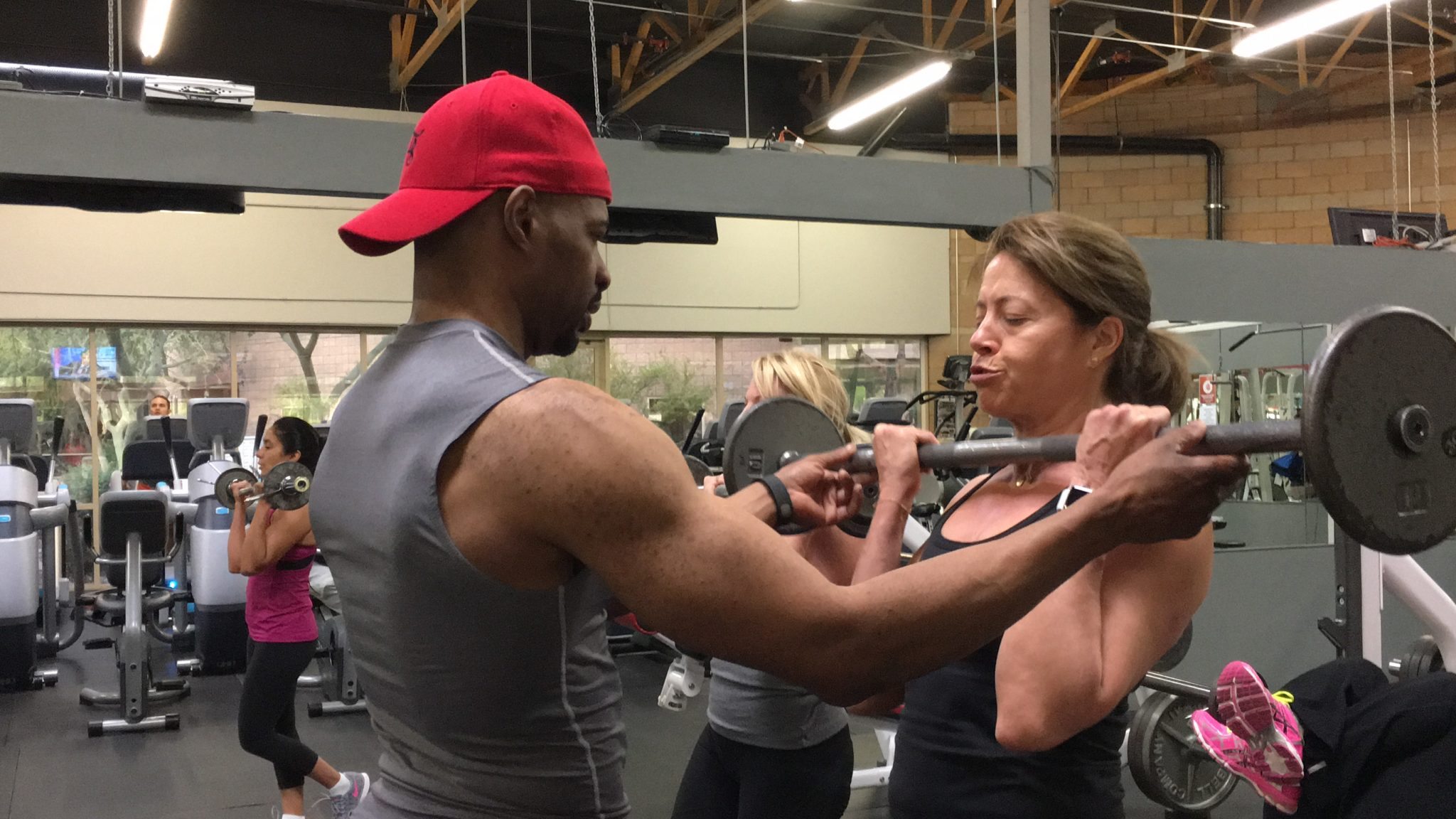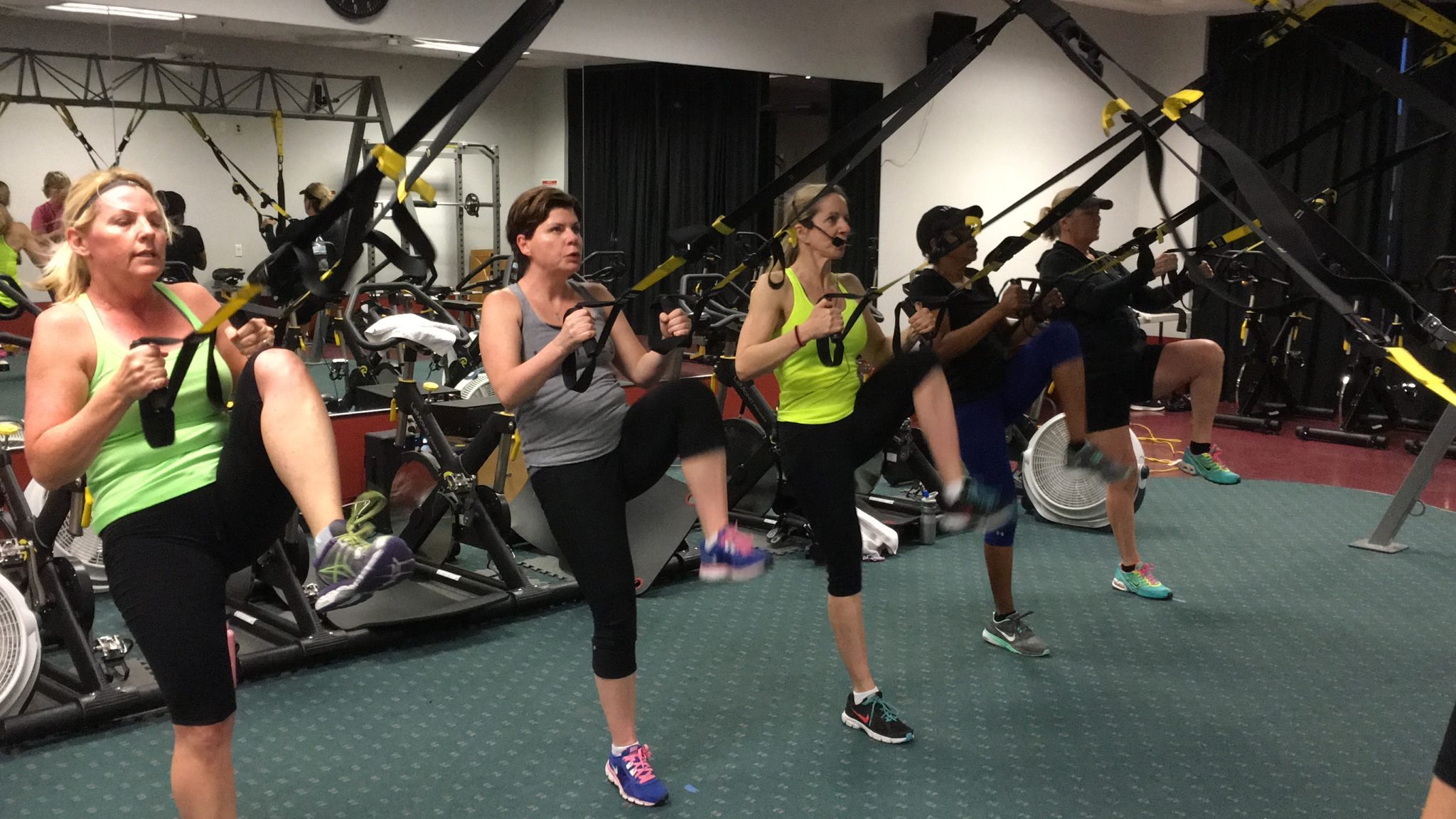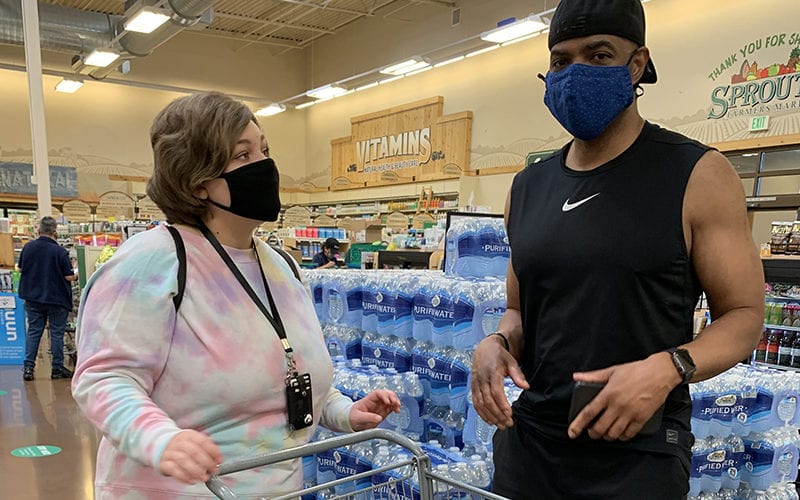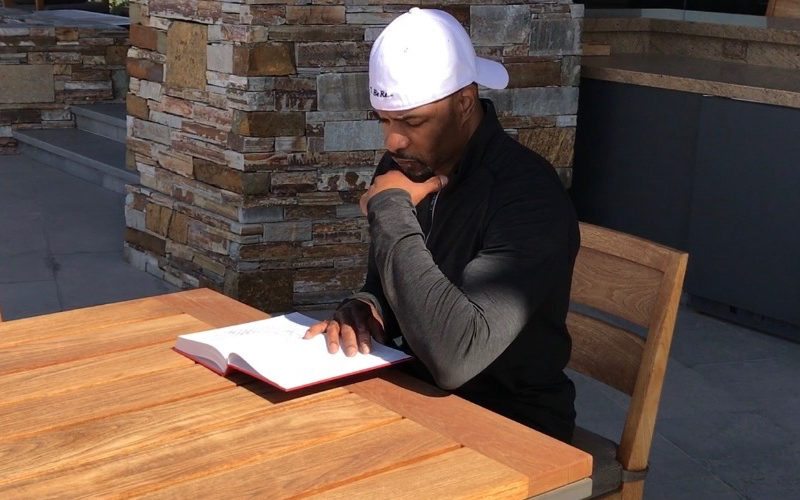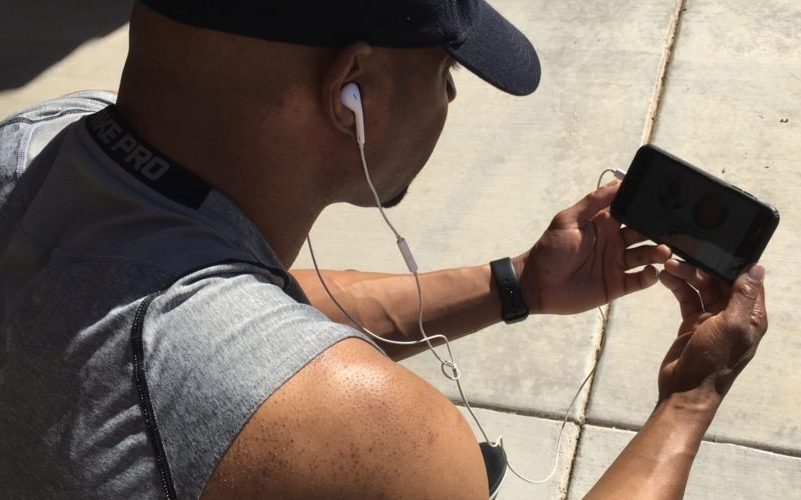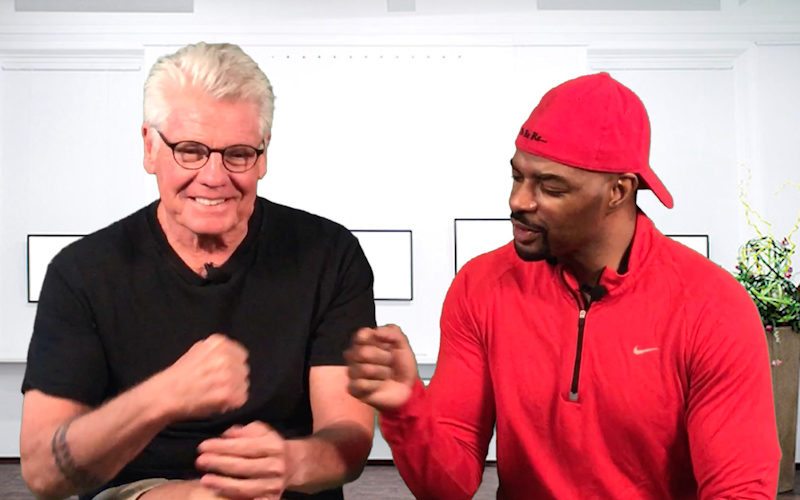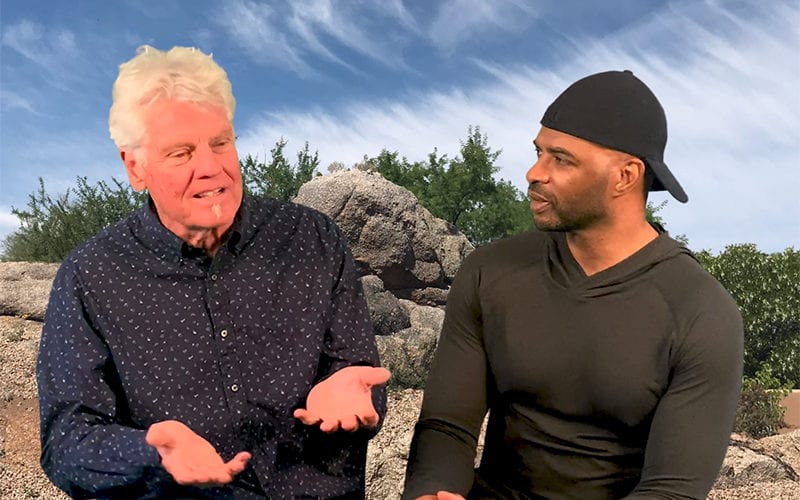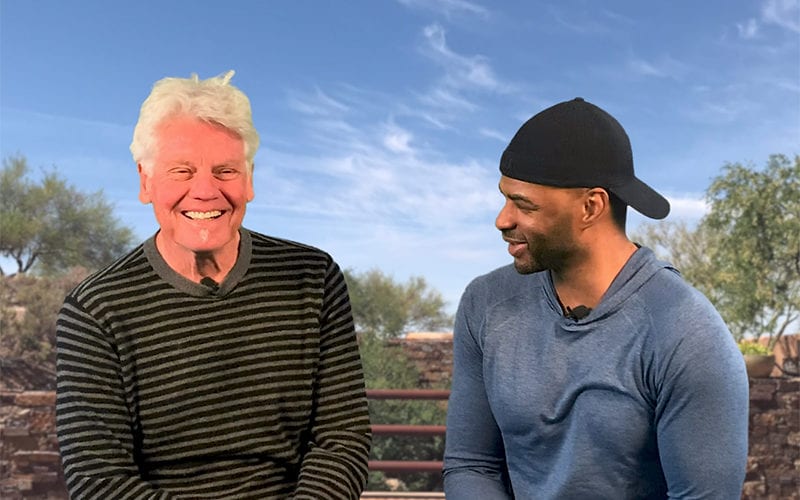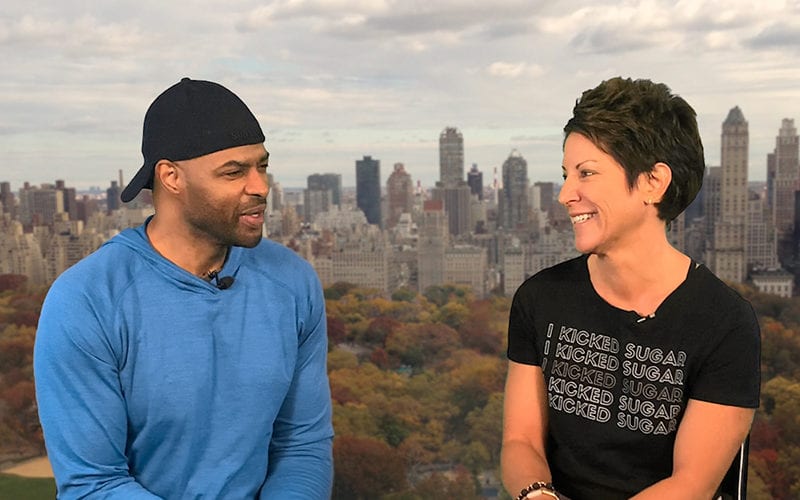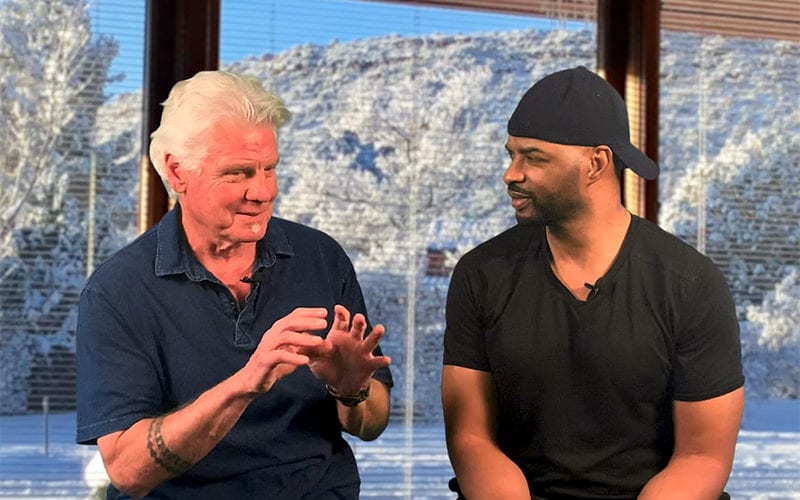Rolling 101: Recovery and Injury Prevention for lower body
In part 2 of my series on rolling for recovery and injury prevention, I would like to explain how to roll the large muscles in your lower body – the quadriceps, hamstrings, calves and glutes. See Part 1 , for a detailed description on the benefits of rolling in general and rolling the IT bands. Just to recap, rolling is a self-myofascial release (SMR) technique that aids in relieving muscle tightness and returning your muscles back to normal. It can also help with uncomfortable pain. Just the other day I was feeling pain in my knee to the point where I could not walk normal.I immediately sat down on the floor with my roller and went to work on the area. I stood up, gingerly, but was then surprised that I could walk normal and felt no pain. I am a believer in making rolling a part of your daily routine.
Let’s start with the largest muscle, the quadriceps. Assume the position (in the above photo) to roll both quads at the same time. Place the roller at the top of the knees and shift yourself backward and then pull forward allowing the roller to come to the top of your quads. Stop on any sensitive area and hold for at least 10 seconds. Roll back and forth slowly 10 times. For extra pressure, rest one leg on top of the other and do one quad at a time.
Repeat the same thing for your hamstrings facing up with the roller right above the back of your knees. Here you are up on your hands leaning slightly back. Rolling both hamstrings at the same time, pull yourself forward and back over the entire hamstring area. Again, you can add extra pressure by putting one leg on top of the other. Then move the roller to your calf muscles and, from the same position, roll from your ankles up to the back of your knee and back. Move slowly and breathe.
And lastly, let’s target the three muscles that make up the buttocks. They are informally referred to as “the glutes”, with the largest muscle being the gluteus maximus. We use these muscles in almost every physical activity, including walking. We work them especially hard while doing squats, walking lunges, and running. Roll them before a workout to increase blood flow and after a workout to speed up recovery. Begin by sitting on the roller with hands supporting you on one side and knees slightly bent and feet supporting you on the other. Lean to one side, and roll slowly back and forth ten times and repeat on the other side. Take as much time as you can and remember to breathe.
My next article in the rolling series will focus on shoulders. Many of us sit at a computer all day and tension can build up in this area. There is much we can do to relieve that tension and keep those muscles smooth and relaxed. Until next time, keep rolling!
Stay fit,
Amy
Load Comments

